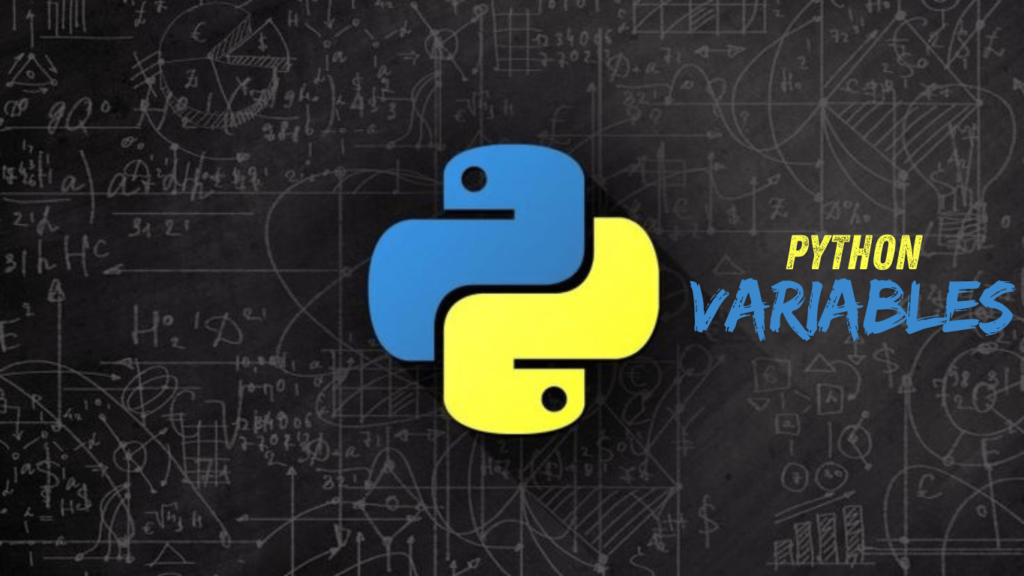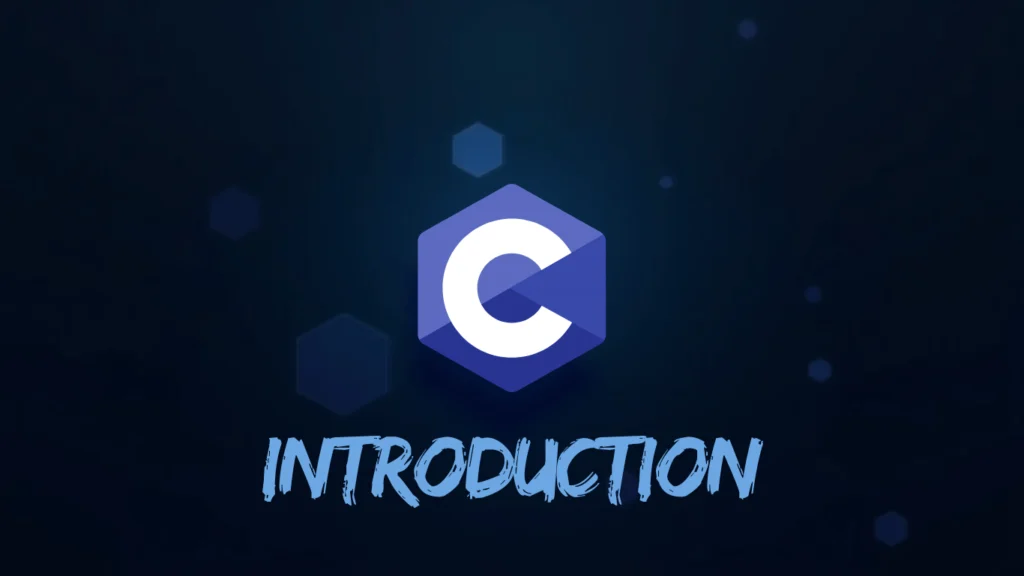JavaScript Functions and Scope : Full Guide for beginners

Have you ever wondered how programs are able to remember important data or perform repetitive tasks without slowing down? Well, that’s where functions and scope come into play! These two concepts are crucial in making your code work efficiently and in an organized manner. Understanding them will help you write better, cleaner, and more powerful code, especially as your programming projects get bigger.
Whether you’re a complete beginner just starting with JavaScript or someone who already knows a little but wants to sharpen your skills, this guide will make things easier for you. We’ll explain the secrets of functions and scope in a simple, easy-to-understand way, with examples and explanations that will help you get a better grip on how to use them effectively.
By the end of this tutorial, you’ll be able to write code that is not only more organized but also more efficient and dynamic. You’ll see how functions can help you reuse code, and how scope controls where your variables can be used, avoiding problems that might come up when variables accidentally get mixed up.
If you’re completely new to JavaScript and you want to make sure you’re comfortable with the basics, I’d suggest checking out my guide to JavaScript Basics before jumping into this one. That will give you the foundation you need to fully understand the concepts of functions and scope.
But if you’re all set, let’s jump right into the exciting stuff! We’ll explore how functions and scope work, and how they make programming easier and more fun. Ready to learn? Let’s go!
Table of Contents
Overview of JavaScript Functions and Scope :
Functions are like special tools that bundle code into reusable blocks that perform specific actions. Instead of rewriting similar code repeatedly, you can use functions to streamline your code. Think of functions as mini-programs that help keep your code organized and efficient.
Scope, on the other hand, determines where variables can be accessed. Variables can have a global scope, meaning they’re accessible everywhere, or a local scope, restricted to specific parts of the code.
Declaring and Defining Functions :
Declaring a function involves specifying its name, while defining a function means writing the code that it will execute. Functions can be declared and then called whenever needed, making your code cleaner and easier to manage.
Function Parameters vs Arguments :
Think of parameters as placeholders that functions use to accept inputs. Arguments are the actual values you provide when calling a function. This differentiation is crucial for creating flexible and reusable code.
Using Return Statements and Values :
A return statement in a function sends a value back to where the function was called. It can be considered the outcome or result that the function provides after processing inputs.
What Are Anonymous Functions ?
Anonymous functions lack a name and are often used as callbacks or for one-time operations. They are directly assigned to variables or used in places where a named function isn’t necessary.
Introduction to Function Expressions :
Function expressions involve defining a function and assigning it to a variable. This technique allows you to pass functions around as variables or return them from other functions.
Arrow Functions and Their Effect on “this” :
Arrow functions provide a more concise syntax for writing functions and have a distinct behavior with the this keyword. Unlike traditional functions, arrow functions inherit the this value from their enclosing scope, making them useful for preserving context.
Understanding Function and Variable Hoisting :
In JavaScript, function declarations are “hoisted” to the top of their scope, allowing them to be called before they are defined in the code. However, this rule does not apply to function expressions or variables declared using let or const .
What is and IIFE (Immediately Invoked Function Expression ) ?
Default Parameters in Functions :
JavaScript allows you to set default values for function parameters. If no value is provided for a parameter, the default value is used. This helps avoid errors when certain arguments are missing.
Using Rest Parameters and Spread Operator :
The rest parameter allows functions to accept an indefinite number of arguments as an array. The spread operator expands elements in arrays or objects into individual items.
Destructuring Function Parameters :
Destructuring helps unpack values from arrays or properties from objects, making it easier to extract the values you need directly within function parameters.
JavaScript Recursive Functions :
A recursive function calls itself to solve smaller parts of a problem, gradually reaching a base case where the recursion stops. It’s powerful for problems that can be broken down into similar sub-problems.
Understanding Function Scope and Closures :
JavaScript uses scope to determine where variables can be accessed in code. Closures, on the other hand, are functions that retain access to variables from their original scope, even after that scope has ended. This enables powerful ways to manage data privacy and maintain state.
Lexical Scope and Closures Explained :
Lexical scope refers to how variables are resolved in nested functions: inner functions have access to variables declared in their outer scope. Closures are formed when inner functions remember these outer variables, even after the outer function has finished executing.
Execution Context and Call Stack :
Each time a function is executed, a new execution context is created to keep track of variables, functions, and where the function was called from. The call stack manages these contexts, ensuring that functions run in the correct order.
Debugging Techniques in JavaScript :
Debugging is an essential skill for any JavaScript developer. Tools like browser developer tools and IDE debuggers help in setting breakpoints, stepping through code, and inspecting variable states to identify and resolve errors.
Conclusion :
This tutorial covered essential JavaScript concepts, such as how functions and scope operate. You’ve learned how to declare and define functions, use parameters and arguments, work with various types of functions, and manage variable scopes effectively.
By understanding these core concepts and applying best practices in debugging and coding structure, you’re well-equipped to write efficient, clean, and maintainable JavaScript code that can tackle complex challenges and build dynamic applications.






